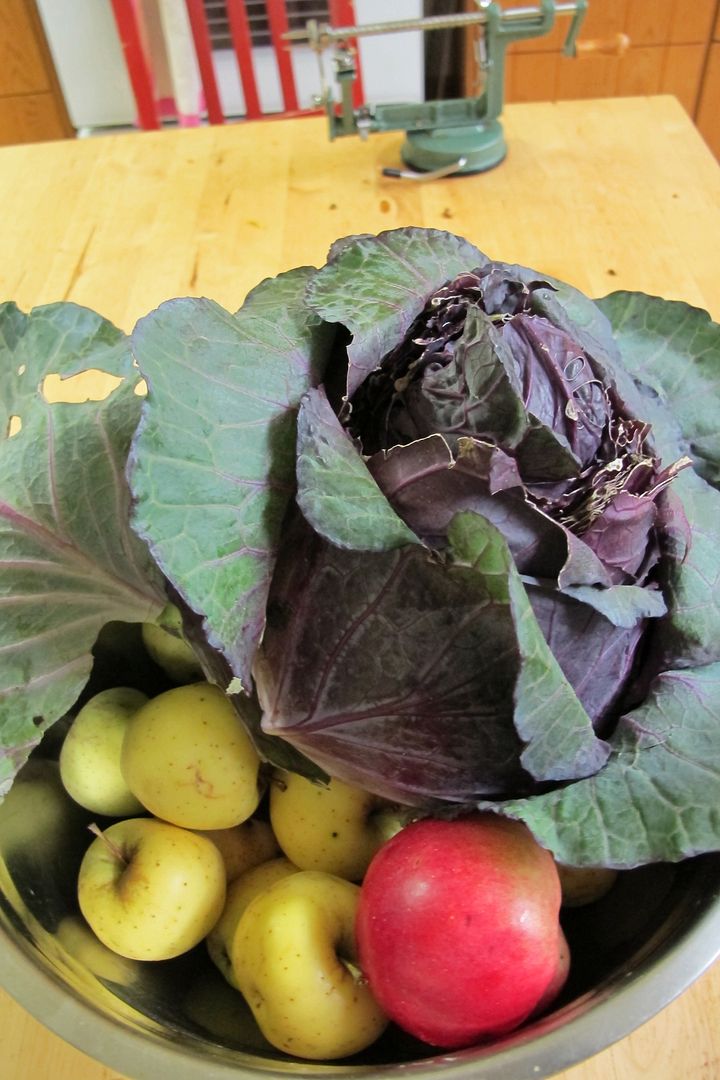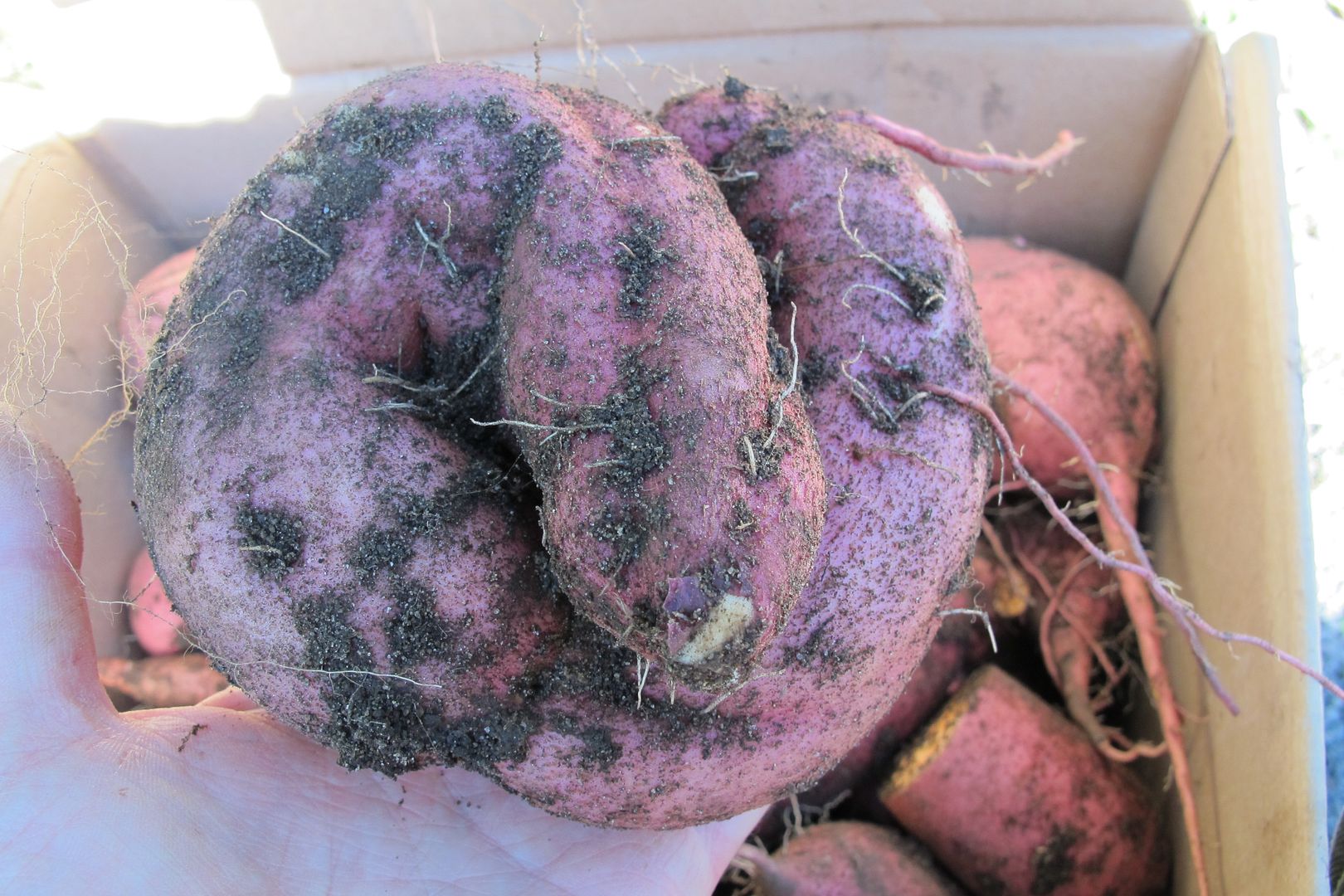
The podium has been filled with my top tomatoes of drought-stinkbug year 2012
... unnamed because it doesn't have its label but looks to me like oxheart. How am I suppose to do serious gardening around these parts with kids and birds and dogs removing my labels. I even double labelled these. Next year I will make that backup map I keep threatening to do.
Gold: 'Oxheart' (centre of photo) was early for a beefstake, delicious and weathered the drought well without excessive blossom end rot. It also put up with my habit of letting tomato plants sprawl over mulch rather than staking.
Silver: 'Opalka' sauce tomato (left in photo). Also italicized because of label destruction though I'm more sure of its identity. Not only that but Opalka has been a winner before for me though in a different garden. That time it fought off various diseases and pests pretty much untended and definitely unwatered at a community garden.
Bronze: Striped cavern (right in photo) did not do super duper well but it was adequately early and won because of its interesting form.
Runners up included: An OSU blue cross - no blossom end rot and medium early, an OP sungold type Cherry tomato - lots of cracking but very early, A. Grappoli - prolific, earlish and did dry well, currently experimenting with storing the whole plant indoors to see how well it dries.
I'm saving seeds of all these varieties and would love to resurrect the 3 tomato seed trade from a few years back. The rules are simple: trade three seeds of your variety for someone else's. This way we can all get more variety in our tomato salad. This year, I wasn't able to grow many black/brown tomato varieties which are my favourite so that's what I'm looking for!
***
Seed Trade Alert!
3 Tomato Seeds
Email me (top right) and you can receive three seeds of one my prize winners if I still have any left in exchange for three seeds of your favourite type. I can only grow short and medium season varieties and would love more brown/purple tomatoes.
***















